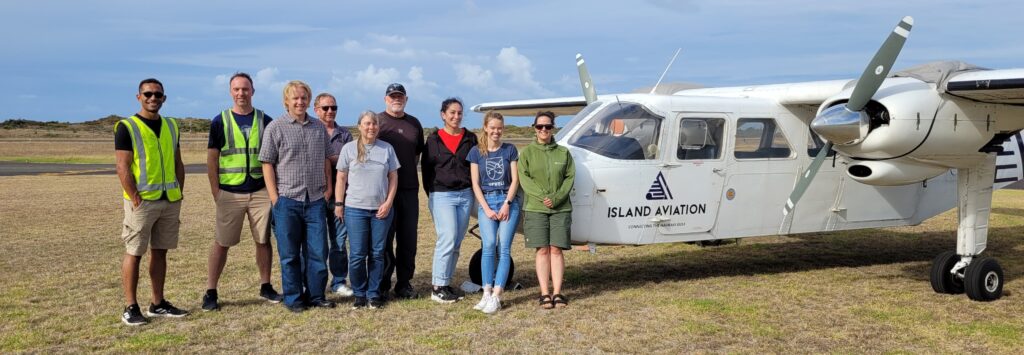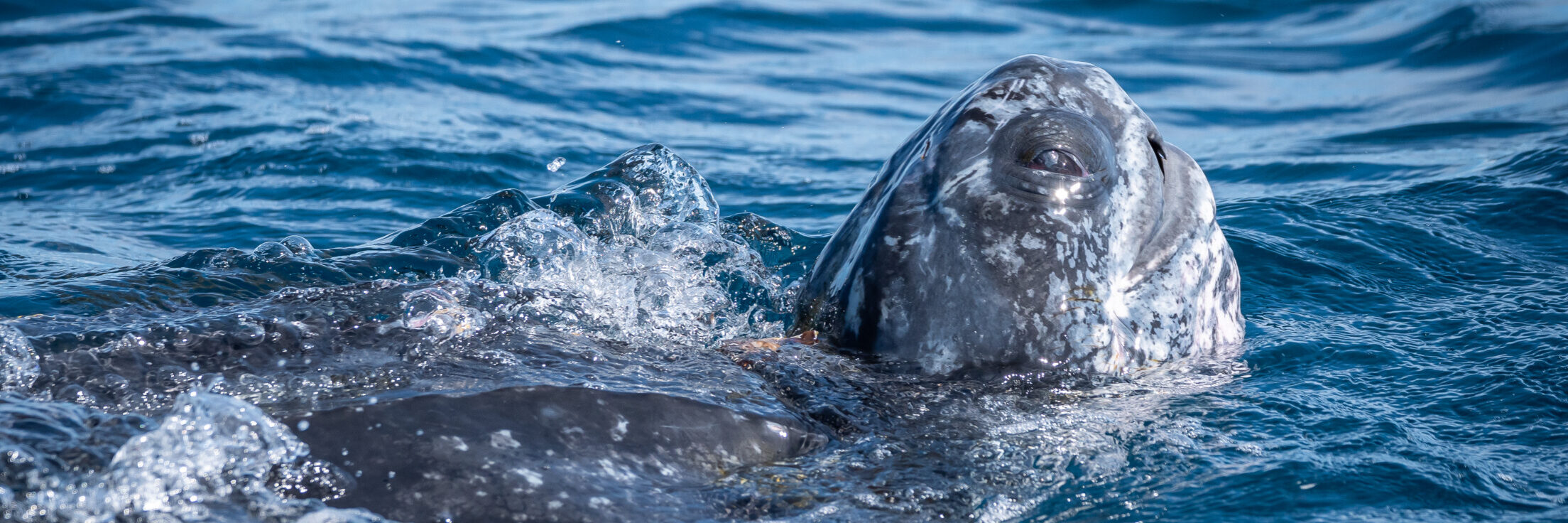The Western Pacific leatherback turtle is the focus of new international research. Photo: Nathan Pettigrew/supplied.
Australian researchers are working with US and NZ colleagues to help save the critically endangered Western Pacific leatherback turtle.
As the world’s most migratory and largest turtle, the leatherback is under threat from unintentional fisheries capture, harvesting of adults and eggs, plastic pollution, nesting beach habitat loss, climate change and vessel strike.
A research project to help conservation efforts will gather new data on sightings and distribution of the turtle in waters off Aotearoa/New Zealand’s North Island.
Monash University marine biologist Professor Richard Reina says international co-operation is vital to understanding where the turtles go and potential threats they face.
“Animals in the ocean move freely across international boundaries, especially animals like leatherback turtles that migrate long distances,” Professor Reina said.
“In this case, the collaboration with New Zealand is aimed at protecting these turtles that forage around Australia’s east coast and across the Tasman Sea in New Zealand’s productive waters.
“The aerial surveys allow us to find the turtles at sea and work out what areas they prefer to forage in, along with what human activities are happening in the area,” Prof Reina says.
Pacific leatherbacks numbers have fallen by more than 80 per cent in recent decades and are facing extinction.
Monash Adjunct Research Associate Dr Sean Williamson helped plan and carry out the project and just returned from aerial surveys in NZ.
“Leatherback turtles have been on the planet for over 100 million years and survived the mass extinction event that wiped out the dinosaurs, so it would be a tragedy to lose them now,” he says.
“To our knowledge, this is the first aerial survey of leatherback foraging habitat conducted in the Southern Hemisphere.
“It has been excellent to learn the specific techniques from our North American colleagues who have been conducting these kinds of surveys for decades off the coast of California,” Dr Williamson says.
“As well as leatherbacks, we saw an amazing array of marine megafauna in the Bay of Plenty including whale sharks, huge ocean sunfish, giant manta rays, blue whales, and lots of other whale and dolphin species.”
ABOUT THE RESEARCH
- The research is funded by NZ’s Department of Conservation.
- The research project is led by the US-based non-profit conservation group, Upwell Turtles.
- Monash is providing support and expertise alongside the US-based Moss Landing Marine Laboratories and NZ’s National Institute of Water and Atmospheric Research.
ABOUT THE TURTLE
- The leatherback is the world’s largest turtle, with adults measuring 1.5 to 2.5 metres in length and some weighing more than 500 kilograms.
- The turtles travel east to Australian and NZ waters from nesting grounds in the Western Pacific.
- It forages for jellyfish in waters off the coasts of NSW, Victoria, Tasmania, South Australia and NZ.
Source: Monash University

Australian, US and NZ scientists ready for another aerial survey. Photo: NZ Department of Conservation





